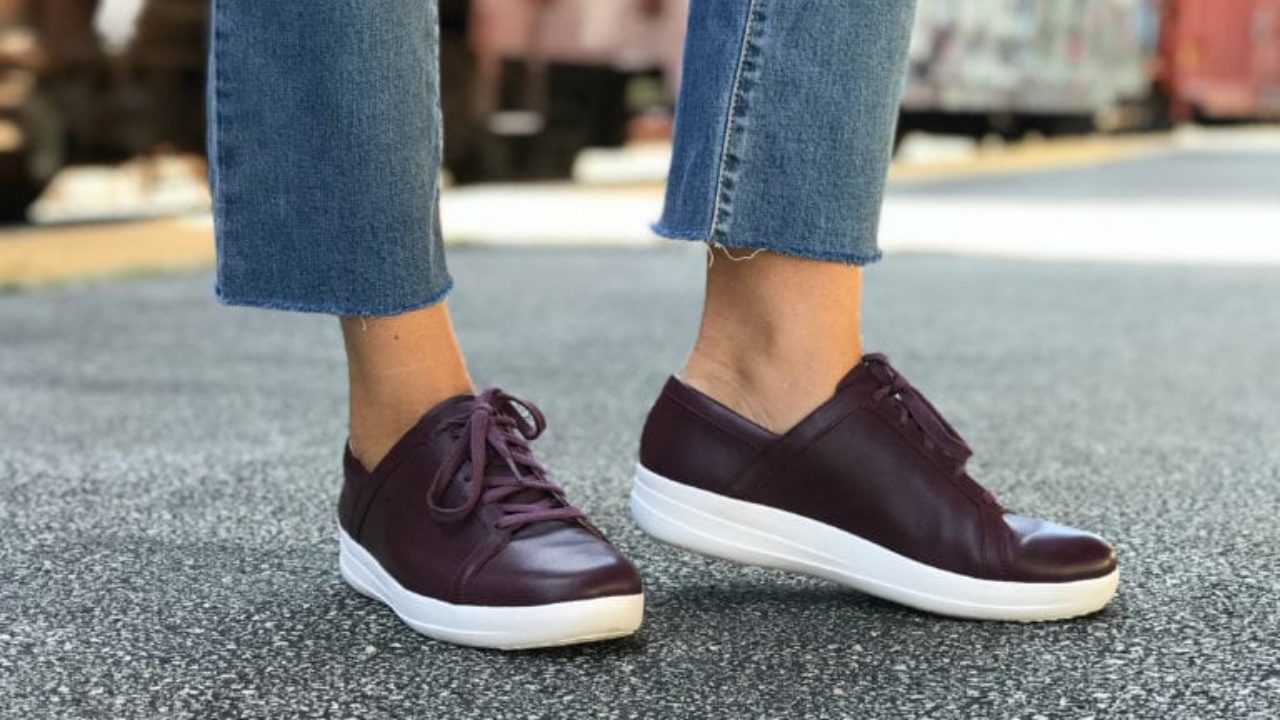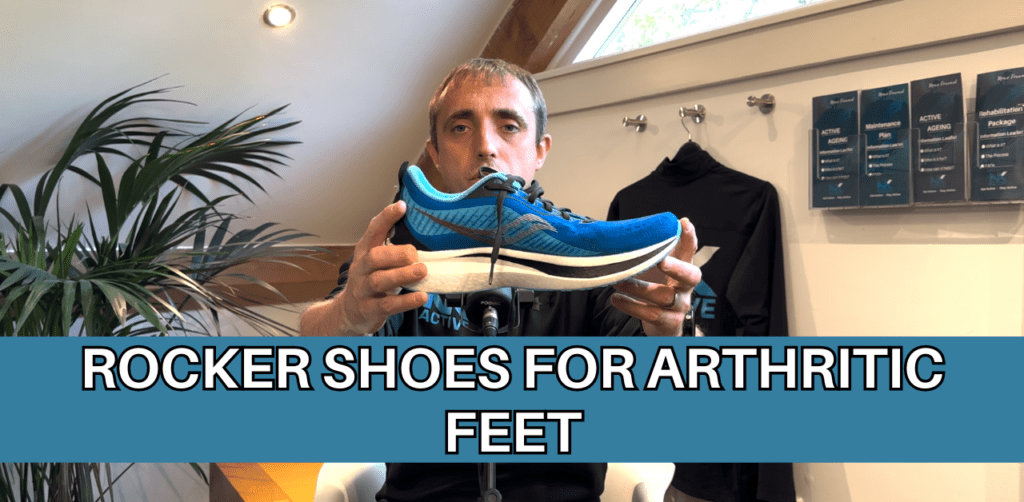If you or someone you love suffers from arthritis in their feet, you know how challenging it can be to find the right footwear. The pain, discomfort, and limited mobility can make daily activities challenging, and the right shoes can make a significant difference in your quality of life. With the plethora of options available, how do you choose the best shoes for arthritis? This comprehensive guide will explore factors to consider when selecting shoes, review top brands and models, share real-world experiences, and answer frequently asked questions to help you make informed choices.
Understanding Arthritis in the Feet
Arthritis is an inflammation of the joints that can result in pain, swelling, and stiffness. When it affects the feet, it can impair mobility and significantly impact daily activities. Two common types of arthritis that affect the feet are osteoarthritis and rheumatoid arthritis.
Osteoarthritis vs. Rheumatoid Arthritis
Osteoarthritis is a degenerative joint disease that often accompanies aging or wear and tear on the joints. In contrast, rheumatoid arthritis is an autoimmune disease that can cause symmetrical joint inflammation throughout the body. According to the National Institutes of Health (NIH), both types can lead to debilitating pain in the feet, making proper footwear crucial for managing discomfort and maintaining mobility.

Common Symptoms of Arthritis in the Feet
- Pain and Tenderness: Feelings of discomfort, especially after prolonged standing or walking.
- Swelling: Inflammation around the joints may cause visible swelling.
- Stiffness: A reduced range of motion, particularly in the morning or after periods of inactivity.
- Fatigue: Overall tiredness due to chronic pain and discomfort.

Choosing the Right Shoes for Arthritis
When selecting shoes for arthritis, comfort and support should be your top priorities. Here are several key factors to consider:

1. Arch Support
Good arch support is essential for individuals with arthritis. It helps distribute weight evenly across the foot, reducing pressure on painful joints. Shoes with built-in arch support or those that allow for custom orthotics can provide significant relief.

2. Cushioning
Soft, cushioned insoles can absorb shock and reduce stress on the feet. Look for shoes with memory foam or gel insoles that provide comfort and stability.

3. Wide Toe Box
A roomy toe box allows the toes to spread naturally without pressure, which is particularly beneficial for those experiencing swelling or deformities due to arthritis. Shoes that are too tight can exacerbate pain.

4. Adjustable Fit
Choosing shoes with adjustable straps or laces can help ensure a secure and comfortable fit, accommodating any fluctuations in foot size throughout the day.

5. Lightweight Materials
Lightweight shoes can reduce the effort required for walking, minimizing fatigue. Avoid heavy materials that can weigh you down.
Top Brands and Models for Arthritis-Friendly Shoes
Here’s a look at some of the top-rated shoes for arthritis in feet, along with user ratings and reviews:
| Brand | Model | Rating | Pros | Cons |
|---|---|---|---|---|
| New Balance | 990v5 | 4.7/5 | Excellent arch support, breathable materials | Higher price point |
| Vionic | Orthaheel Tide | 4.5/5 | Great arch support, stylish design | Can take time to adjust |
| Skechers | Go Walk 5 | 4.6/5 | Cushioned insole, lightweight | Lacks extensive support for severe conditions |
| Brooks | Glycerin 19 | 4.7/5 | Soft cushioning, durable | Can feel bulky for some |
| ASICS | Gel-Kayano 28 | 4.7/5 | Exceptional stability, good cushioning | Pricey compared to alternatives |
Real-World Experiences: Case Studies
Experience 1: Alice’s New Balance Journey
Alice, a 65-year-old retired teacher, struggled with osteoarthritis for years. After consulting her doctor, she learned the importance of proper footwear. She decided to try a pair of New Balance 990v5 shoes based on positive reviews from friends and online forums. Not only did she find relief from the constant foot pain, but she also praised the stability and comfort that the shoes provided, enabling her to take longer walks without discomfort.
Experience 2: Bob’s Vionic Adventure
Bob, a 72-year-old golf enthusiast, was frustrated by his inability to walk comfortably on the course. He invested in the Vionic Orthaheel Tide sandals after reading about their supportive design. Bob commented on how the sandals helped alleviate his arch pain and allowed him to enjoy his favorite pastime again. The stylish appearance also made it easy for him to wear them socially.
Tips for Maintaining Foot Health with Arthritis
Maintaining foot health is crucial for individuals suffering from arthritis. Here are some practical tips:
- Regular Foot Care: Keep your feet clean and moisturized to prevent dryness and cracking.
- Foot Exercises: Gentle stretching and strengthening exercises can improve flexibility and reduce stiffness.
- Weight Management: Maintaining a healthy weight can lessen the strain on your feet and joints.
- Consult a Podiatrist: Regular check-ups from a foot specialist can provide tailored advice and recommendations.
Pros and Cons of Different Footwear Options
Pros of Choosing the Right Shoes
- Reduces pain and discomfort
- Improves mobility and independence
- Enhances overall foot health
- Encourages an active lifestyle
- Stylish options available
Cons of Incorrect Footwear
- Increased pain and risk of injury
- Worsening of existing foot conditions
- Potential for falls due to lack of support
- Emotional impacts of limited mobility
FAQs About Shoes for Arthritis in Feet
1. What type of shoes should I wear if I have arthritis?
Look for shoes with great arch support, cushioning, and a wide toe box. Brands like New Balance and Vionic are known for their arthritis-friendly footwear.
2. Can custom orthotics help with arthritis pain?
Yes, custom orthotics can provide additional support tailored to your foot’s unique structure, which may alleviate some discomfort associated with arthritis.
3. Are sandals a good option for arthritis?
Sandals can be fine if they offer adequate support and cushioning. Brands like Vionic make supportive sandals that are comfortable for arthritic feet.
4. How often should I replace my shoes?
Replace your shoes every 300-500 miles, or when you notice visible wear and tear. Proper footwear is essential for managing arthritis pain.
5. Is it better to wear flat shoes or those with heels?
Generally, flat shoes or those with a slight heel are better for arthritis. Heels can put extra pressure on the joints in your feet.
6. Should I buy shoes a size larger for more comfort?
It’s essential to ensure proper fit. If you have swelling or pain, consider trying half a size larger, but always make sure there’s proper support and stability.
7. Can cold weather affect arthritis symptoms in my feet?
Yes, many people with arthritis experience increased pain in colder weather due to changes in barometric pressure and reduced circulation.
8. What are some exercises to strengthen my feet with arthritis?
Simple exercises include toe curls, ankle circles, and gently stretching the foot. Always consult a healthcare provider before starting a new exercise regimen.
9. Can arthritis lead to other foot conditions?
Yes, arthritis can lead to conditions like plantar fasciitis or bunions due to joint misalignment and compensatory mechanisms.
10. How do I know if my shoes are contributing to my foot pain?
If you experience increased pain, discomfort, or signs of wear on the shoes, it’s a sign they may not be suitable for your feet.
11. Are there any over-the-counter medications to help with foot pain caused by arthritis?
Over-the-counter pain relievers like ibuprofen or acetaminophen can help relieve pain, but consult your doctor for personalized advice.
Conclusion
Finding the right footwear for arthritis in feet is crucial for maintaining comfort and mobility. From choosing supportive brands like New Balance and Vionic to adopting healthy habits for foot care, every step you take can lead to a better quality of life. Remember, the right shoes can alleviate pain and enhance your overall well-being, allowing you to engage in activities you love without discomfort. Don’t hesitate to reach out to healthcare professionals, as they can provide valuable insights and recommendations tailored to your individual needs.